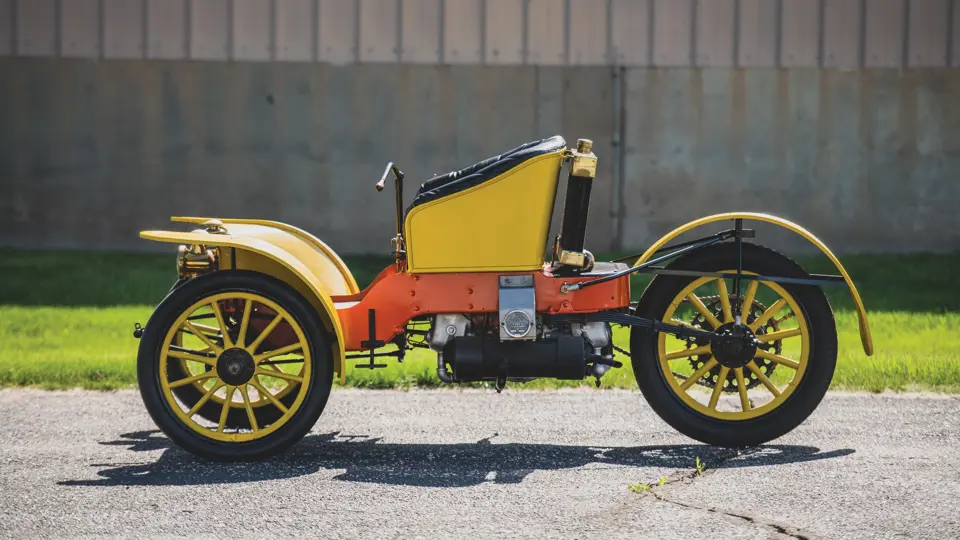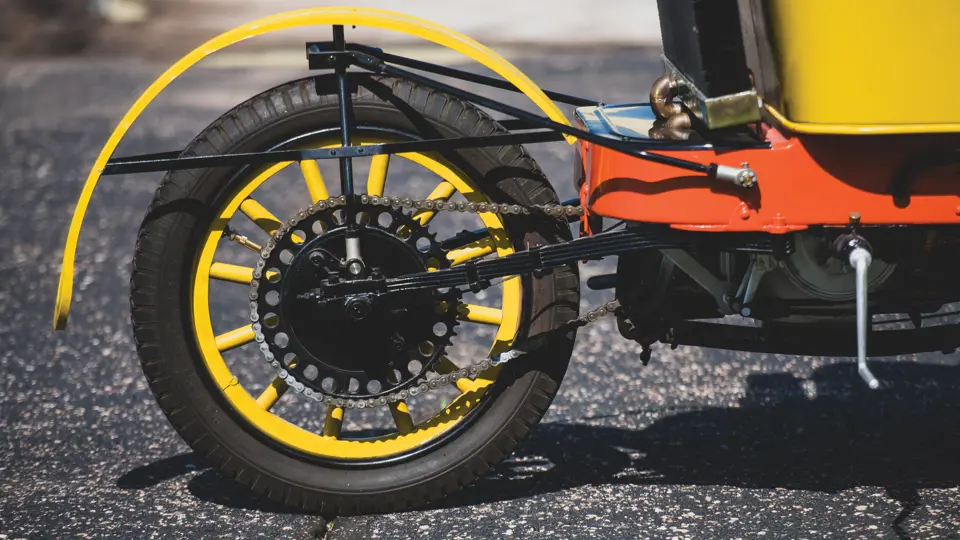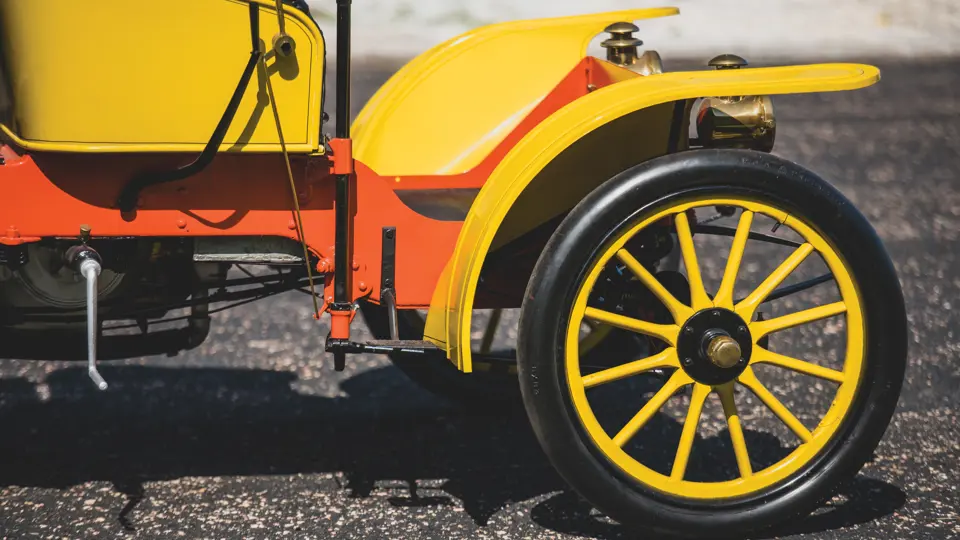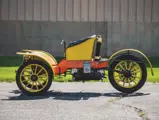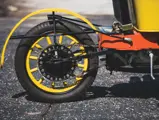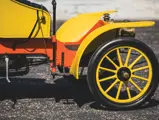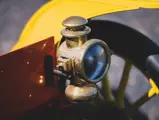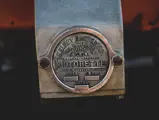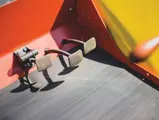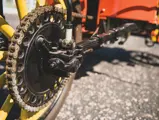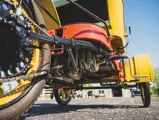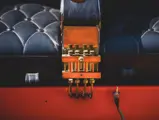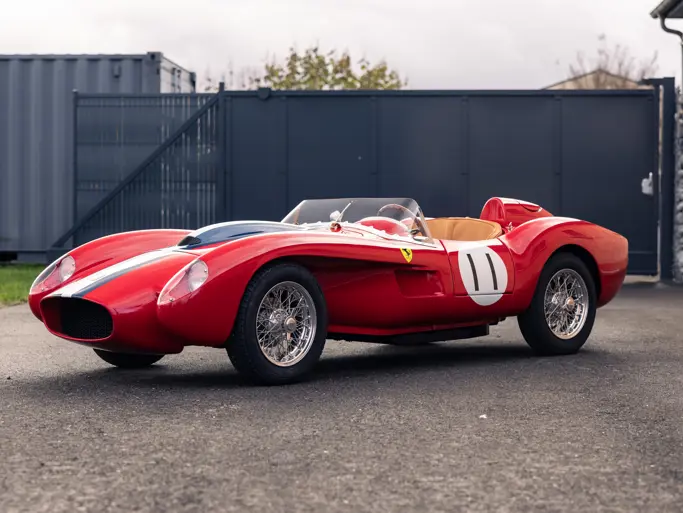Cadwallader Washburn Kelsey was a visionary. Alas, his visions never really took hold, but along the way he left some very interesting machines. His first car was a two-cycle, single-cylinder affair that proved to be a failure, but he kept many of the parts. Enamored of the Léon Bollée tricycle, he joined with a classmate, Sheldon Tilney, to build a three-wheel car called the Autotri. He became an agent for Autocar in Pennsylvania and continued to build cars of his own design before selling Maxwells and then becoming sales manager for Columbia in Hartford, Connecticut. In 1910 he attempted a startup with the Spartan car at Hartford but ended after a single prototype.
It was the Motorette that finally went into production. Kelsey, who preferred to be called “Carl,” again embraced the three-wheel formula, with a single rear wheel and a two-stroke 10 hp engine. After air-cooling proved insufficient, he switched to thermo-syphon water cooling and birthed the Motorette at $385 F.O.B. Hartford. With a 74-inch wheelbase, it weighed just 700 pounds and was advertised with the slogan “No roads too rough, no hills too high.” Production extended from 1911 to 1914.
Purchased by the Merrick Auto Museum in 2007, the Motorette being offered here has been restored in a yellow-over-orange motif. The seat is upholstered by buttoned black leather. The car has Solar brass kerosene sidelamps and taillight. The water-cooled 10 hp engine drives through a two-speed planetary gearbox to the rear wheel via a Whitney roller chain. The radiator is mounted behind the seat. In the absence of a stamped manufacturer’s plate, the chassis number was assigned by the Maryland Motor Vehicle Administration.
Total production of the Kelsey Motorette was barely 200 cars, so survivors are very scarce. This car represents a rare opportunity.






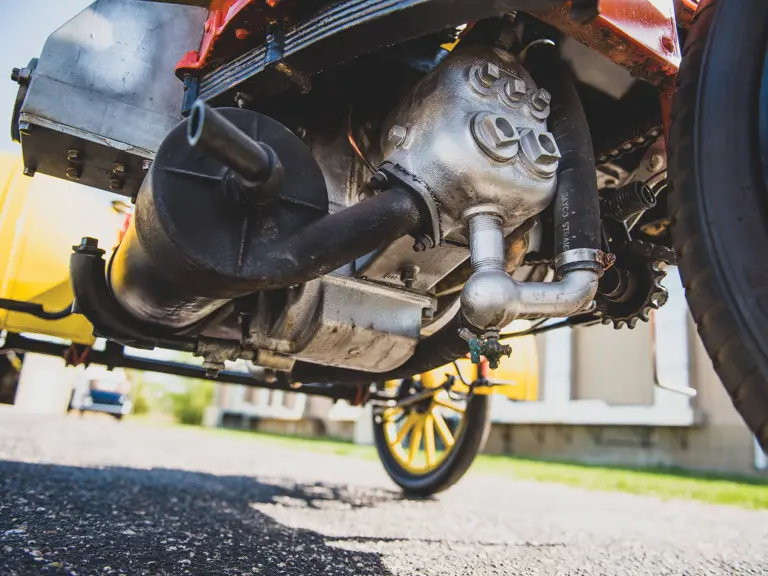
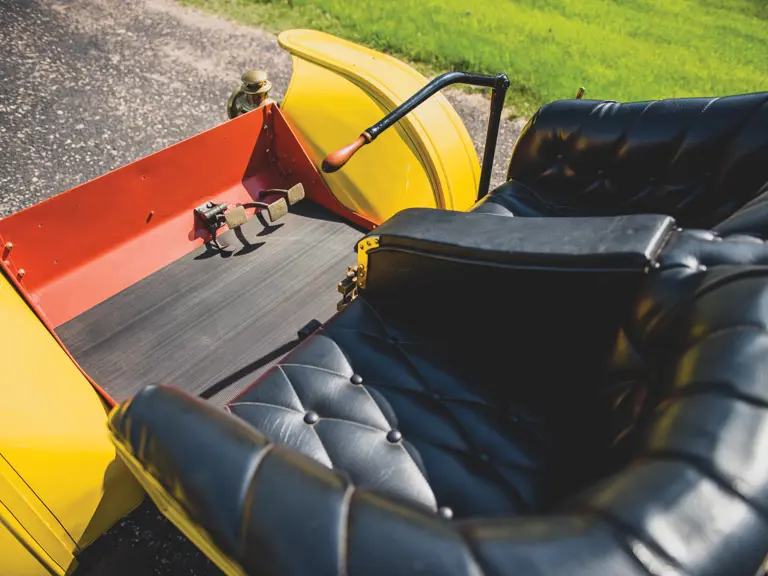
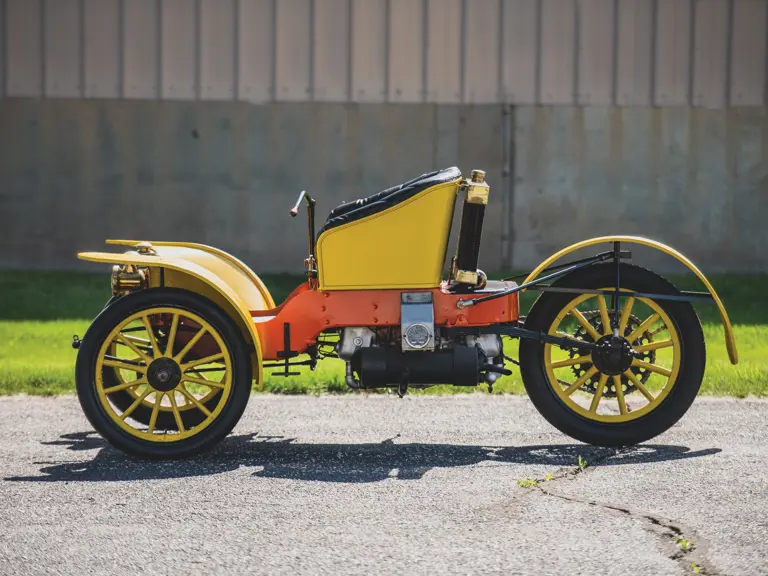
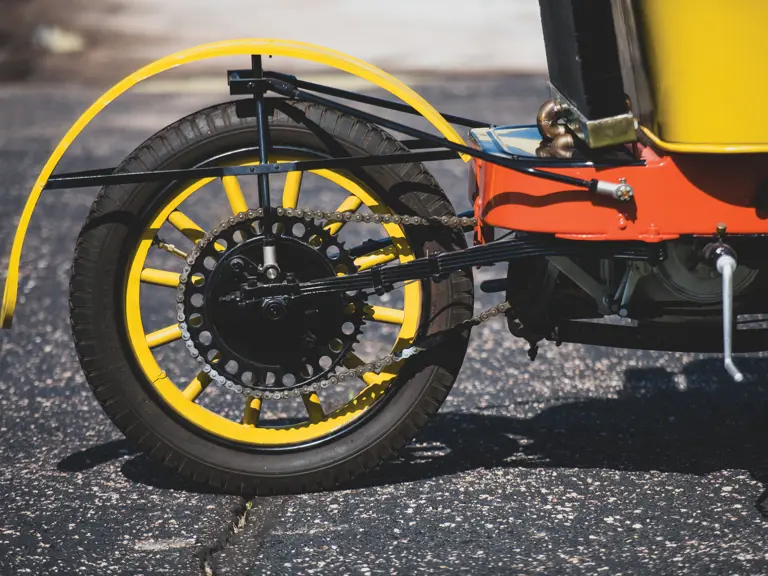

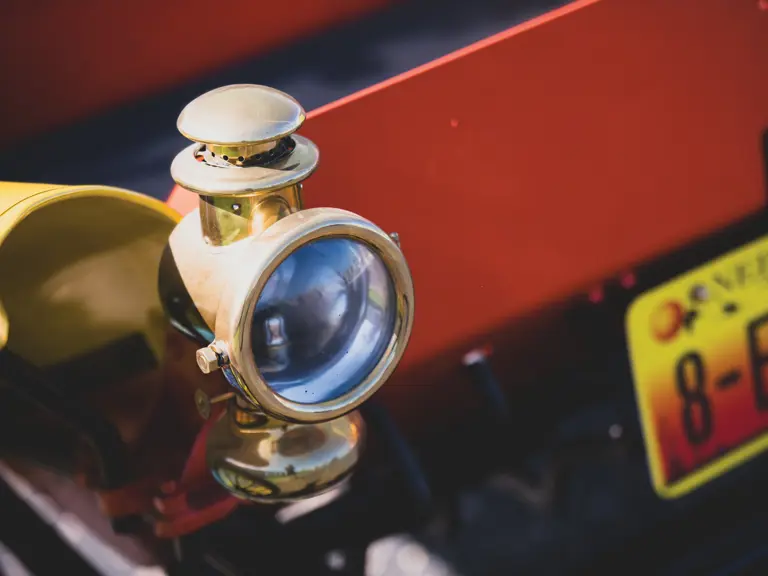
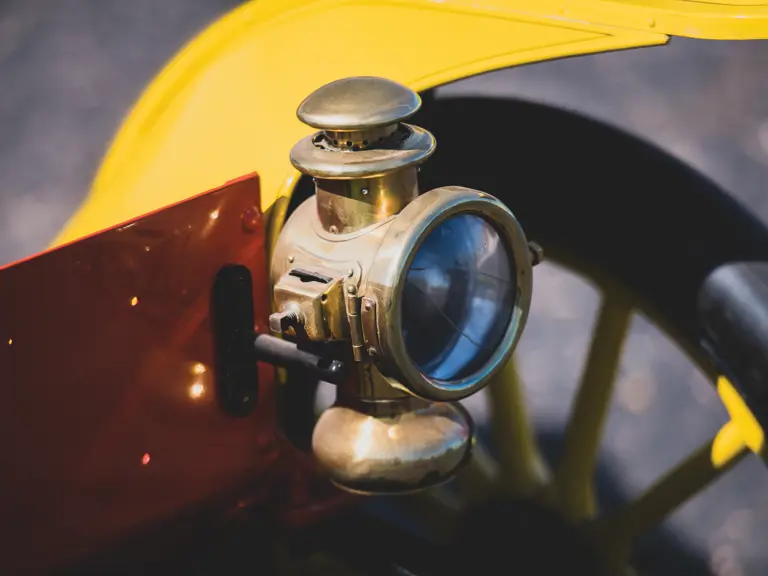
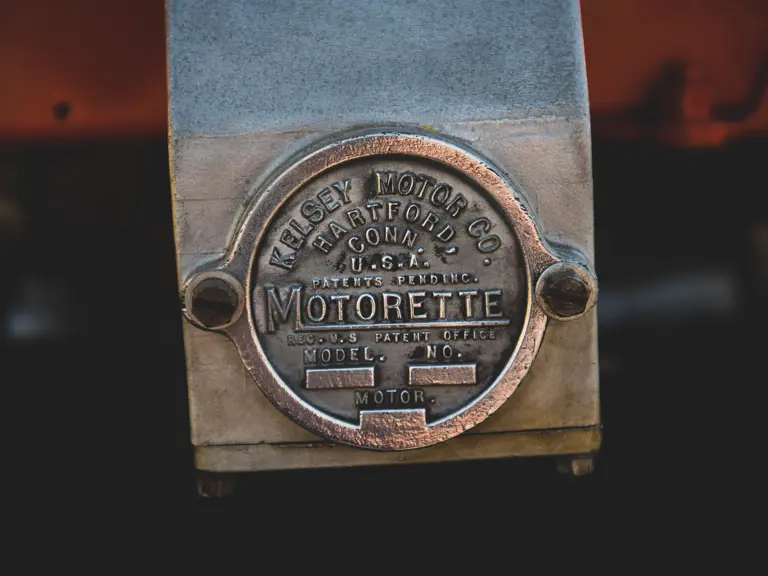
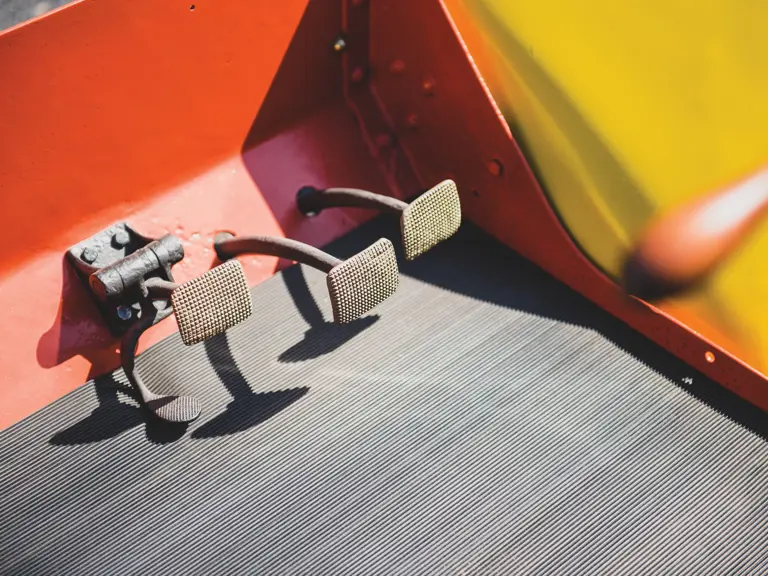
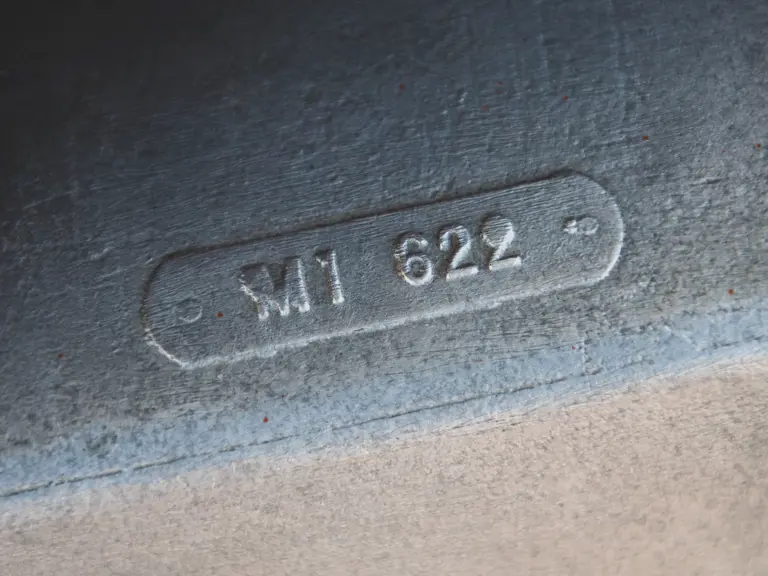
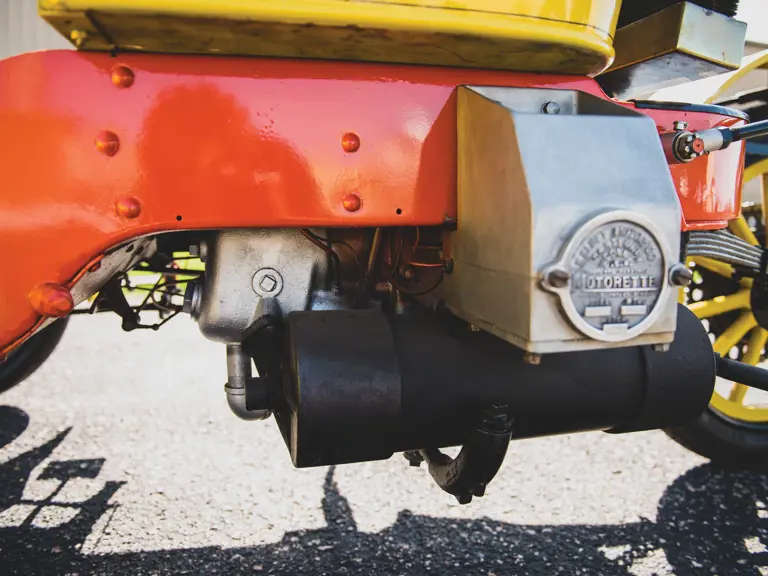
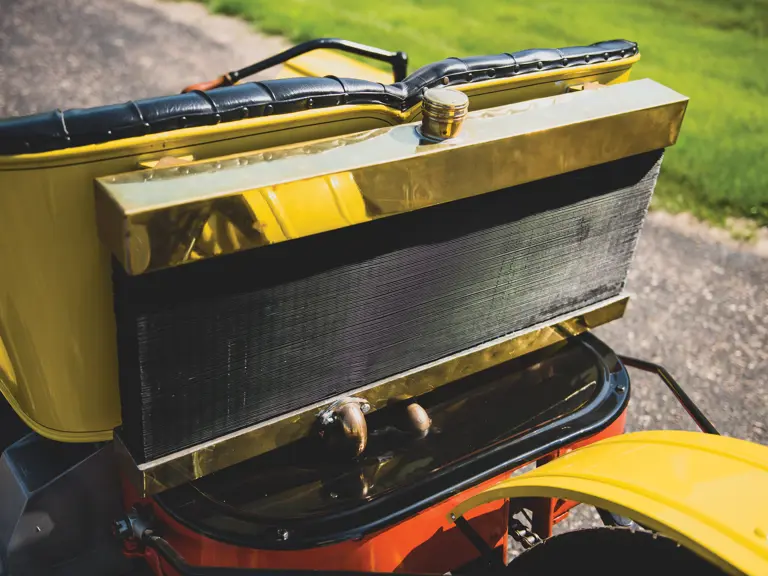

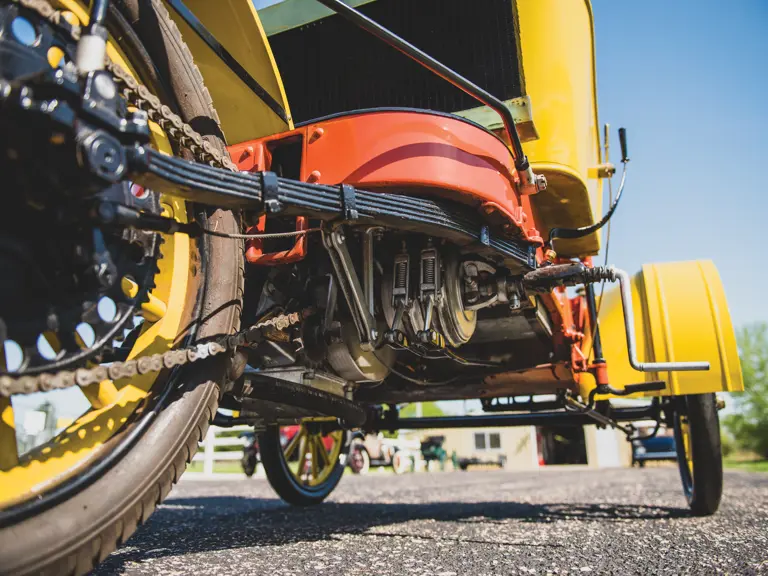
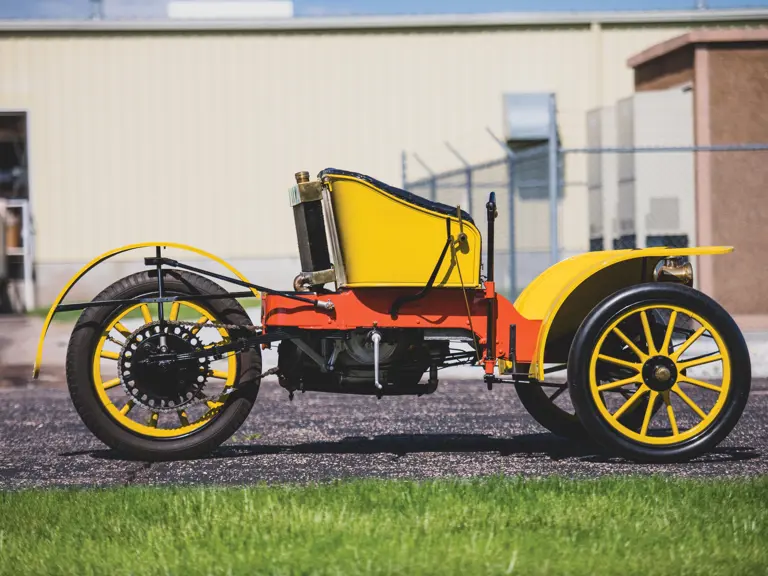
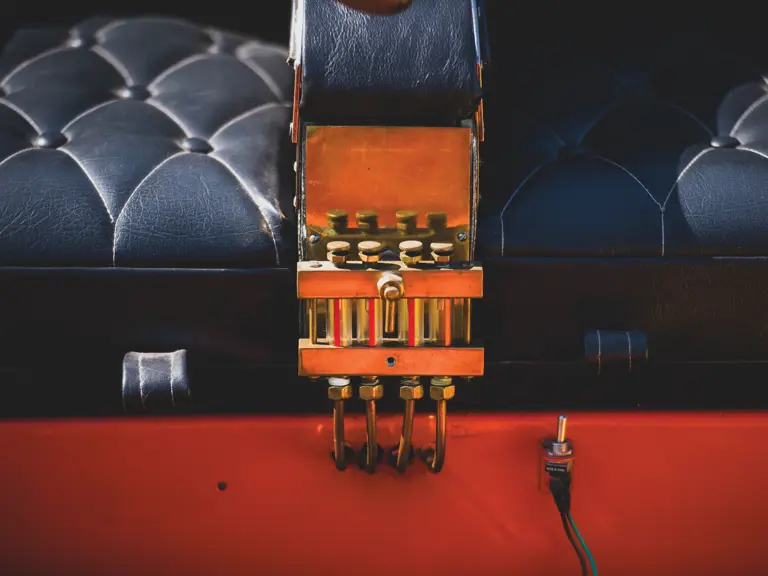
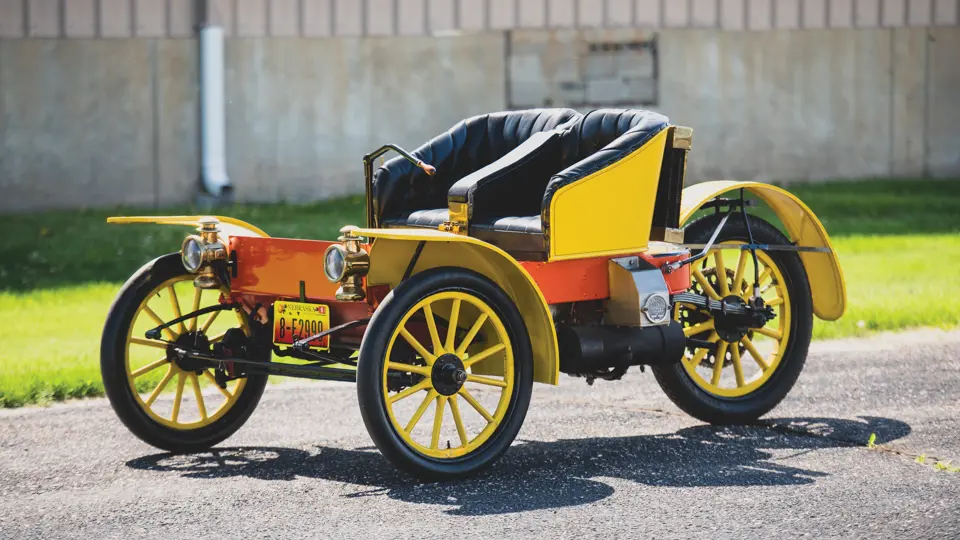
 | Hershey, Pennsylvania
| Hershey, Pennsylvania
